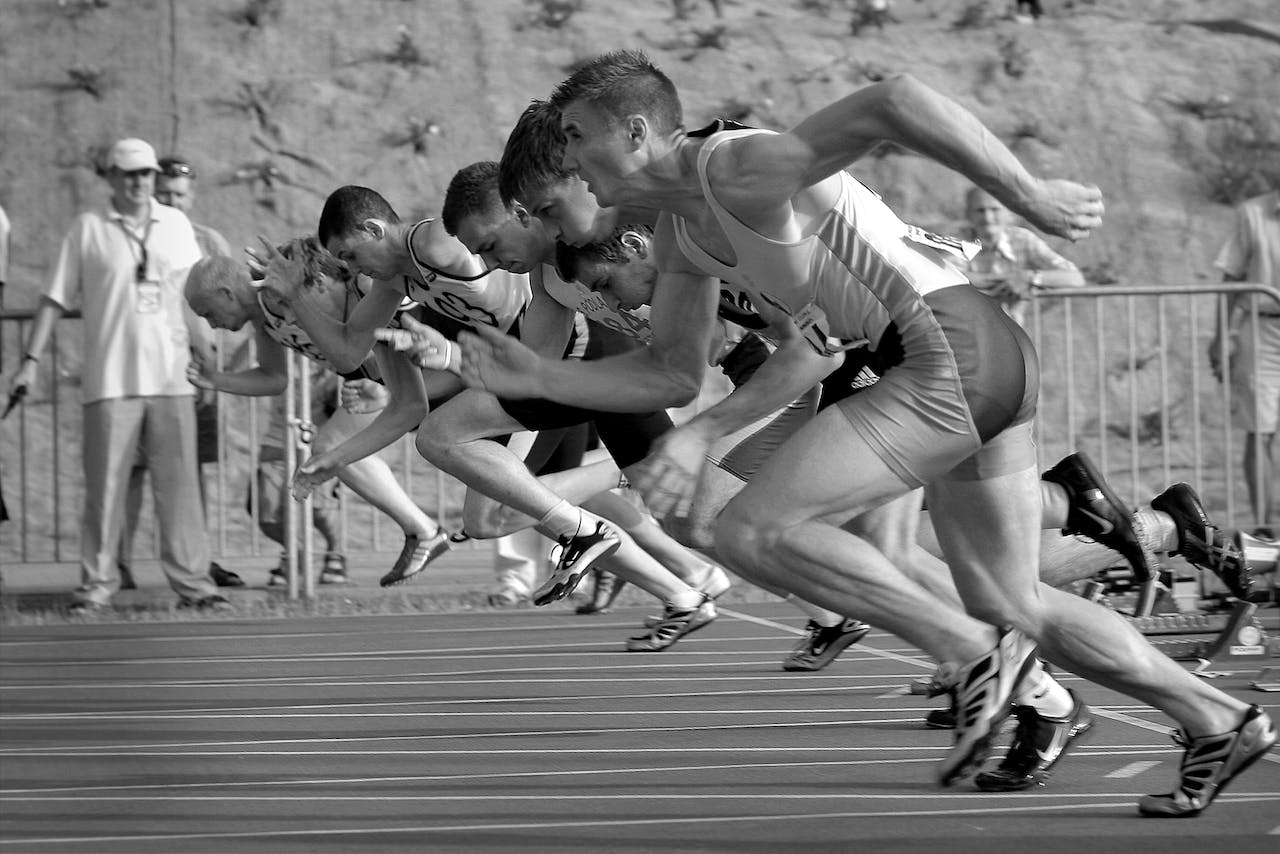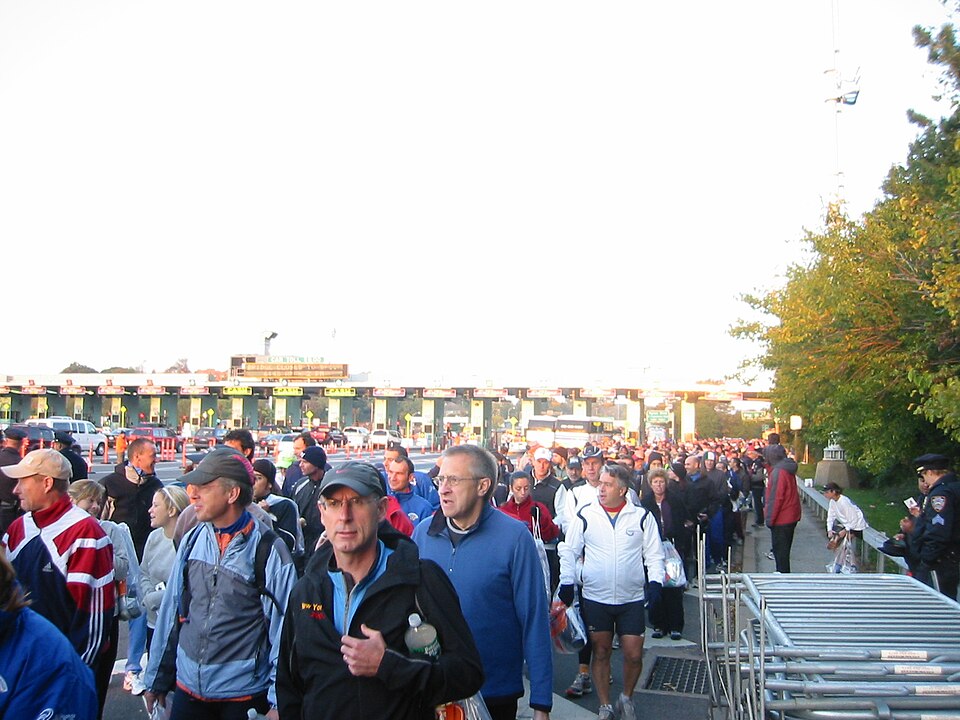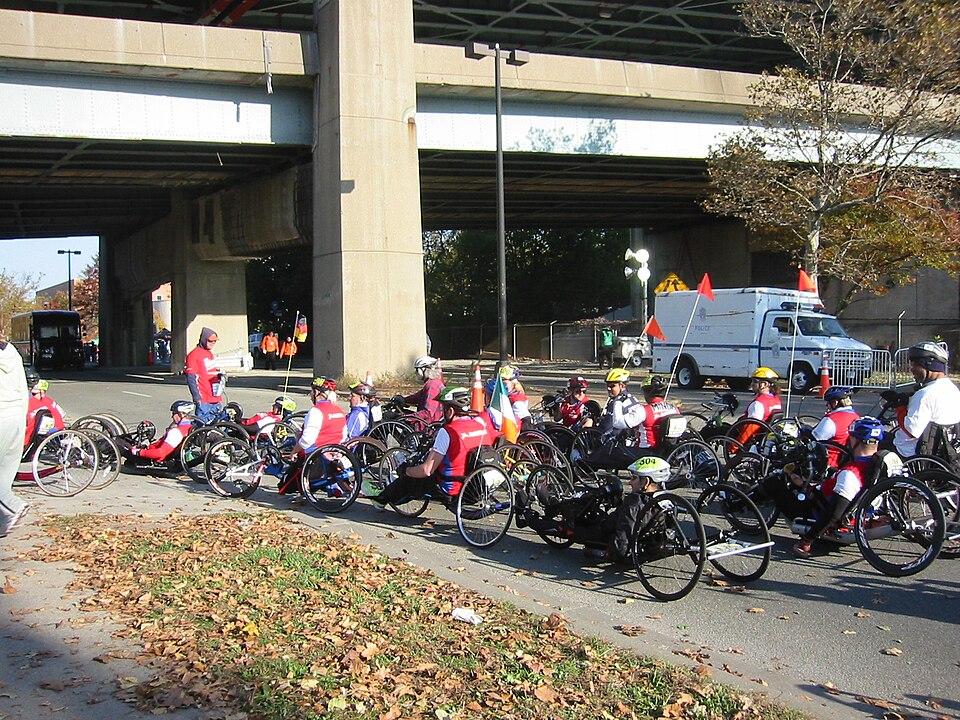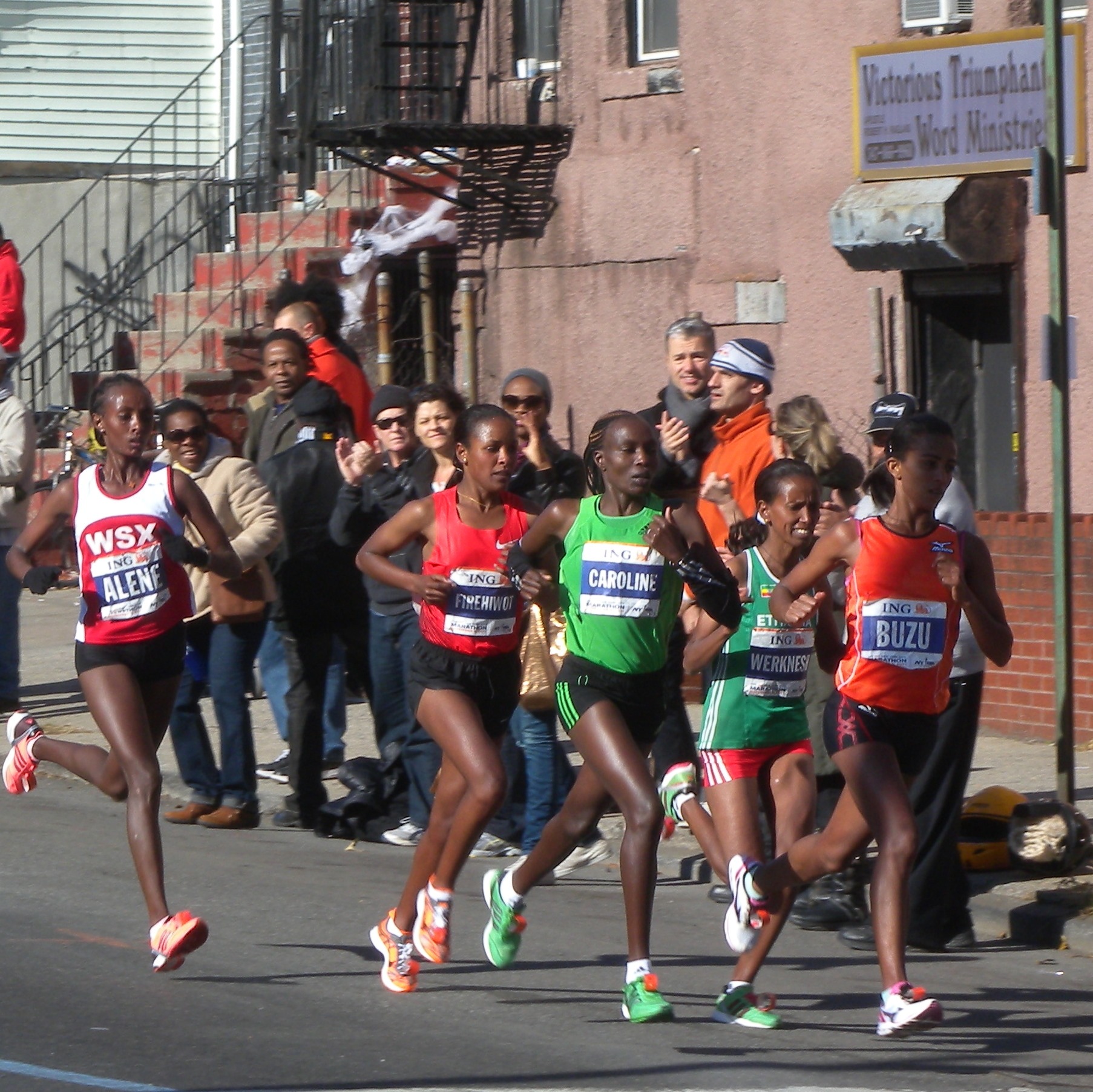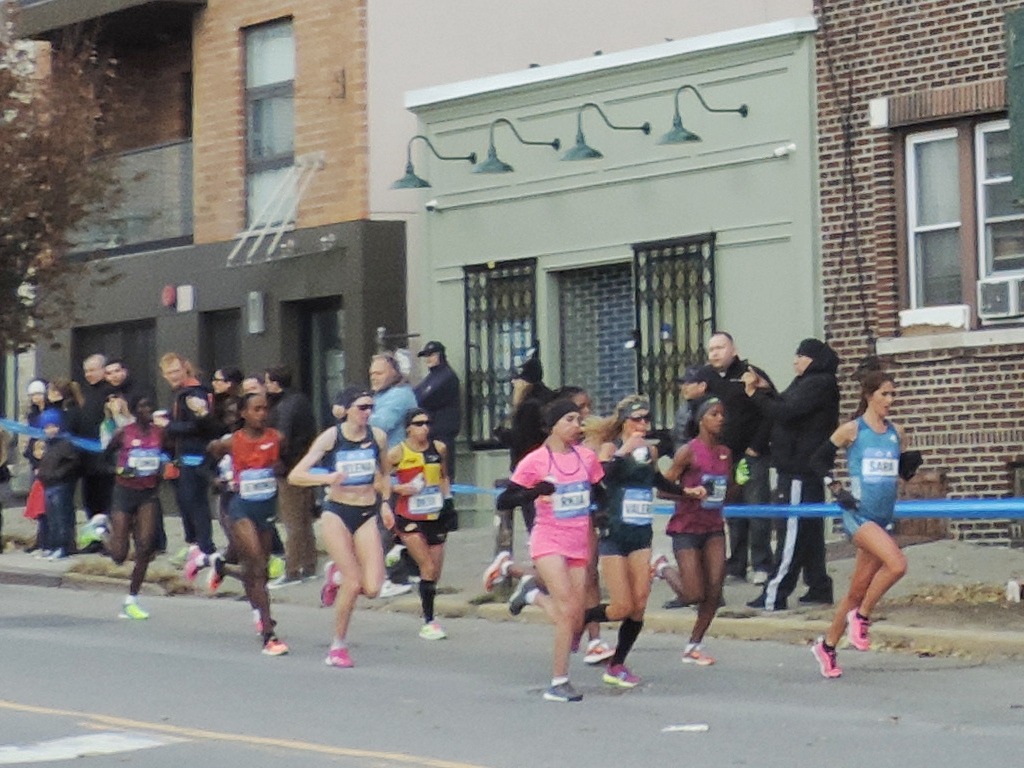The New York City Marathon, an annual race that courses through the five boroughs of New York City, is not just a marathon; it’s a global event that captures the spirit of the city and its diverse inhabitants. Each year, professional athletes, amateur runners, and enthusiastic spectators come together to celebrate human endurance and resilience. This blog post delves into the essence of the NYC Marathon, exploring its history, the experience it offers, and why it remains a bucket-list event for runners worldwide.
The Evolution of the New York City Marathon
The 1970s – The Humble Beginnings
In 1970, the New York City Marathon was a modest event, with 127 competitors running loops around Central Park. This inaugural race marked the beginning of what would become a global phenomenon, but at the time, it was a simple, local affair. The early years were characterized by a close-knit running community, where the challenge was more about completing the distance than the pomp and spectacle that would come later.
The 1980s – Expanding Horizons
As the marathon entered a new decade, the 1980s saw the race expand beyond the confines of Central Park. The course was redesigned to traverse all five boroughs of New York City, a bold move that transformed the marathon into a city-wide celebration. This era marked the beginning of the marathon’s identity as a melting pot of cultures and communities, reflecting the diverse tapestry of the city itself.
The 1990s – Growing Popularity and Professionalism
The 1990s witnessed a surge in the marathon’s popularity, with increasing numbers of runners and spectators each year. The event became more professionalized, with enhanced organization, increased sponsorship, and greater media coverage. This period saw the New York City Marathon firmly establish itself on the global stage, attracting elite athletes and setting competitive world records.
The 2000s – A Global Phenomenon
By the turn of the millennium, the New York City Marathon had become the largest marathon in the world, a title it proudly holds to this day. The 2000s were characterized by technological advancements, including online registration, timing chips for runners, and live tracking for spectators worldwide. The marathon became a must-do event for runners globally, symbolizing a universal celebration of endurance and perseverance.
The 2010s and Beyond – A Celebration of Human Spirit
The most recent era of the New York City Marathon has seen it evolve into more than just a race; it’s a platform for personal stories, charitable causes, and a unifying event in the face of challenges, including the cancellation in 2012 due to Hurricane Sandy and the global pandemic. Today, the marathon stands as a testament to the human spirit, with over 50,000 participants annually running through the heart of New York City, cheered on by millions, each with their own reason for running and their own story to tell.
Through each era, the New York City Marathon has grown and adapted, reflecting the changing times while maintaining the core essence of what makes it a truly iconic event. From its humble beginnings in Central Park to its status as the world’s largest marathon, the NYC Marathon’s history is a vivid tapestry of human achievement and the enduring allure of running.
The Course
The New York City Marathon course is a 26.2-mile odyssey that encapsulates the essence of one of the world’s most dynamic cities. This journey begins in Staten Island, where runners gather in the chill of early morning, filled with anticipation and the collective energy of thousands poised for the challenge ahead. The starting cannon fires at the foot of the Verrazzano-Narrows Bridge, setting the marathoners on a path that is as much a tour of New York City’s diverse boroughs as it is a test of human endurance.
- The Verrazzano-Narrows Bridge: The marathon kicks off with a dramatic start as runners ascend the Verrazzano-Narrows Bridge, the longest suspension bridge in the United States when it opened. This initial mile offers breathtaking views of the New York Harbor and the Statue of Liberty, symbolizing not only a welcome to New York City but also the lofty aspirations of the marathoners. The descent into Brooklyn marks the end of the first of many challenges, setting the tone for the journey ahead.
- Brooklyn: In Brooklyn, the course unfurls through vibrant neighborhoods, each with its own unique character. Runners are greeted by the sounds of cheering crowds, live bands, and the rhythmic beat of diverse music that reflects the multicultural tapestry of the borough. The energy in Brooklyn is infectious, with spectators offering high-fives and encouragement, making this portion of the race a celebration of community and camaraderie.
- Queens: As the course meanders into Queens, the marathoners encounter what is arguably the most ethnically diverse urban area in the world. The brief but memorable stretch through Queens is a testament to the global spirit of the marathon, with languages and music from around the world filling the air, inspiring runners as they approach the race’s midpoint.
- The Bronx: Crossing into the Bronx, runners are met with a burst of energy and support. This section may be short, but it’s characterized by enthusiastic spectators and vibrant street art, offering a much-needed lift as runners prepare to enter the final stages of the marathon.
- Manhattan: The return to Manhattan brings the runners down the iconic First Avenue, where a corridor of sound and support propels them forward. The energy here is electric, with crowds several deep cheering on the marathoners. As they make their way through Harlem and down Fifth Avenue, the runners are on the home stretch, with Central Park in sight.
- Central Park: The final miles through Central Park are a mix of beauty and challenge, with rolling hills and the sheer will to reach the finish line. The park, with its autumn foliage, provides a picturesque backdrop for the culmination of this epic journey. Crossing the finish line is a moment of triumph, a personal victory celebrated amid the cheers of thousands, in the heart of a park that has witnessed countless dreams realized.
The New York City Marathon course is more than a physical route; it’s a journey through the heart of one of the most vibrant cities in the world. It offers runners and spectators alike a unique way to experience the city, from its iconic landmarks to its hidden gems, all while basking in the unparalleled support of the New York Community. This marathon is not just a race; it’s a celebration of the human spirit, the diversity of New York City, and the unifying power of sport.
More Than a Race – The NYC Marathon as a Celebration of the Human Spirit
The New York City Marathon transcends the conventional boundaries of a sporting event, evolving into a profound celebration of human spirit, resilience, and unity. It’s not merely the physical endurance of running 26.2 miles that defines this event but the myriad personal journeys, motivations, and the communal energy that it encapsulates.
A Tapestry of Personal Stories
Each runner at the starting line carries a unique story, a personal motive that propels them forward. For many, the marathon is a narrative of transformation and personal achievement, a physical manifestation of months, if not years, of preparation, sacrifice, and determination. These stories add depth to the marathon, transforming it from a mere race to a mosaic of human experiences.
Running for a Cause
A significant aspect that elevates the NYC Marathon beyond its athletic dimensions is the commitment to philanthropy. Runners often align with various charities, using their participation as a platform to raise funds and awareness for causes that resonate with them. From health research and environmental conservation to education and social justice, the marathon becomes a conduit for positive social impact, with millions of dollars raised annually for non-profit organizations. This philanthropic spirit underscores the event’s role in fostering a sense of purpose and community engagement among participants.
In Memory and Tribute
For some, the marathon is a deeply personal tribute, a way to honor the memory of loved ones who have passed away or to draw attention to issues that have affected them personally. Running in someone’s memory or for a cause close to one’s heart imbues each step with profound significance, turning the physical act of running into a moving tribute and a process of healing and remembrance.
Overcoming Obstacles
The marathon also serves as a battleground for individuals facing personal challenges, be they physical, mental, or emotional. For these runners, crossing the finish line represents a triumph over adversity, a testament to their strength and perseverance. The NYC Marathon provides a supportive and celebratory environment for achieving personal milestones, reinforcing the idea that limitations can be transcended with determination and support.
Solidarity and Community
Beyond individual achievements, the NYC Marathon embodies a powerful sense of solidarity and community. The diverse tapestry of runners and spectators, the collective energy, and the shared challenges create a bond that transcends cultural, geographic, and linguistic barriers. This communal spirit is palpable throughout the race, from the starting line in Staten Island to the finish line in Central Park, and it lingers long after the event concludes.
The New York City Marathon is more than a test of physical endurance; it’s a vibrant celebration of life, diversity, and the indomitable human spirit. It’s an event where personal goals intersect with communal support, where individual stories of courage, loss, and triumph are interwoven into a larger narrative of human resilience. In running the streets of New York, participants and spectators alike become part of something greater—a testament to the power of community, the beauty of shared struggle, and the boundless capacity of the human heart to overcome, to commemorate, and to give back.
Highlights and Iconic Moments in New York City Marathon History
The New York City Marathon is rich with memorable moments and remarkable achievements that have contributed to its legendary status. In this section, we delve into some of the highlights and iconic moments from past marathons, celebrating the champions and the unforgettable instances that have left an indelible mark on the event’s history.
Breaking Records and Setting Standards
- Grete Waitz’s Legacy: Norwegian runner Grete Waitz won the New York City Marathon an astonishing nine times between 1978 and 1988, setting world records and becoming a marathon legend. Her first victory in 1978 was also her debut marathon, and she broke the existing women’s world record, establishing herself as one of the greatest marathoners of all time.
- Meb Keflezighi’s Emotional Win: In 2009, Meb Keflezighi became the first American man to win the New York City Marathon in 27 years, crossing the finish line with a personal best of 2:09:15. His victory was a poignant moment, symbolizing resilience and hope just years after he suffered a near-career-ending injury.
Iconic Moments
- The 2001 Marathon: Held less than two months after the tragic events of September 11, the 2001 New York City Marathon was a deeply emotional event for both the city and participants. Runners and spectators alike used the occasion as a show of strength, unity, and healing, making it one of the most memorable marathons in history.
- The Finish Line Proposal: In 2013, an unforgettable personal moment unfolded at the finish line when one runner, after completing the marathon, dropped to one knee and proposed to his girlfriend, who had just finished the race ahead of him. This heartwarming event captured the spirit of personal triumph and joy that the marathon brings to many.
Champions Making History
- Tegla Loroupe’s Historic Wins: Kenyan athlete Tegla Loroupe was the first African woman to win the New York City Marathon, securing victories in 1994 and 1995. Her achievements broke new ground for female African athletes in long-distance running and paved the way for future champions.
- Paula Radcliffe’s Comeback: British runner Paula Radcliffe, despite facing knee surgery earlier in the year, won the 2007 New York City Marathon, showcasing incredible determination and resilience. Her victory was a testament to her status as one of the greatest female marathon runners of her time.
Unforgettable Displays of Sportsmanship
- The 2016 Finish: In a remarkable display of sportsmanship, two runners, nearing the end of their marathon journey, helped a fellow runner who was struggling to make it to the finish line. This act of kindness and solidarity embodies the spirit of the marathon community, highlighting the event’s emphasis on camaraderie over competition.
These moments and champions are just a few examples of the rich tapestry of stories that the New York City Marathon has woven over the years. Each runner’s journey adds a unique thread to the event’s history, contributing to its legacy as a celebration of human spirit, endurance, and the collective experience of pushing past individual limits.
The Spectator Experience
The New York City Marathon is as much about the runners as it is about the spectators who line the 26.2-mile course, transforming the city into a sprawling festival of human spirit and endurance. The energy and encouragement provided by the onlookers are pivotal, offering a tangible boost to the marathoners as they navigate the challenging course.
- A City United in Support – From the early hours, spectators take their spots along the course, eager to be part of this iconic event. Their presence is a testament to the communal spirit of New York, with residents of all five boroughs coming together to support and celebrate the runners. The enthusiasm and energy of the crowd are infectious, creating an atmosphere of celebration that permeates the city.
- A Tapestry of Encouragement – The streets become alive with the sounds of cheering, live music, and the rhythmic beat of countless feet hitting the pavement. Creative and encouraging signs dot the sidelines, crafted by friends, family, and even strangers, each one a beacon of motivation for the marathoners. These personal touches add a layer of warmth and camaraderie to the event, making each runner feel seen and supported.
- Celebrations in Every Borough – Each neighborhood the marathon passes through adds its unique flavor to the event, with local communities hosting parties and gatherings to cheer on the participants. These celebrations are a reflection of New York’s diverse cultural tapestry, with music, food, and decorations that showcase the rich heritage of each area. The marathon day becomes a city-wide holiday, with an air of festivity that is unmatched.
- The Role of Spectators – Spectators are more than just passive observers; they are an active and integral part of the marathon experience. Their cheers, claps, and words of encouragement act as a lifeline for many runners, especially during the tougher segments of the race. The energy exchange between the runners and the crowd creates a cycle of positivity, pushing the marathoners forward and uplifting the spirits of everyone involved.
- A Shared Experience – The spectator experience at the NYC Marathon is a unique opportunity to be part of a global event that celebrates human endeavor, resilience, and unity. It’s a chance to witness firsthand the transformative power of collective support and to contribute to an event that transcends the boundaries of sport, becoming a symbol of the city’s indomitable spirit.
The spectator experience at the New York City Marathon is a vibrant and essential component of the event, adding depth, color, and energy to the race. It’s a celebration of collective human spirit, where the lines between participant and onlooker blur, creating a shared experience that resonates far beyond the finish line.
Why Run the NYC Marathon?
Participating in the New York City Marathon offers a profound and life-changing journey that extends well beyond the mere act of running 26.2 miles. It’s an event that tests the limits of one’s physical and mental endurance while simultaneously providing a powerful sense of accomplishment and belonging. Crossing the iconic finish line in Central Park is not just a personal victory; it’s a moment of deep emotional resonance, shared with thousands of fellow runners, each with their own unique story of struggle, perseverance, and triumph.
The camaraderie experienced during the NYC Marathon is unparalleled. Runners from every corner of the globe and all walks of life come together, united by a common goal. This shared purpose fosters a sense of community and mutual support that is rare and precious, particularly in a competition setting. The encouragement from fellow participants and the bonds formed along the course can last a lifetime, turning competitors into companions.
Running the NYC Marathon is also an opportunity to celebrate and embrace the city’s incredible diversity. The race weaves through various boroughs, each with its own character and culture, offering a mosaic of the human tapestry that is New York. This diversity is mirrored in the participants themselves, creating a rich cultural experience that enhances the sense of global unity and shared humanity.
Conclusion
The New York City Marathon is more than just a premier running event; it’s a symbol of endurance, diversity, and community spirit. Whether you’re a seasoned athlete aiming for a personal best or a first-timer looking to cross a marathon off your bucket list, the NYC Marathon offers an experience like no other. It embodies the heart and soul of the city, making it a must-do event for runners and spectators alike. Join the race, be part of the celebration, and write your own chapter in the rich history of the New York City Marathon.

